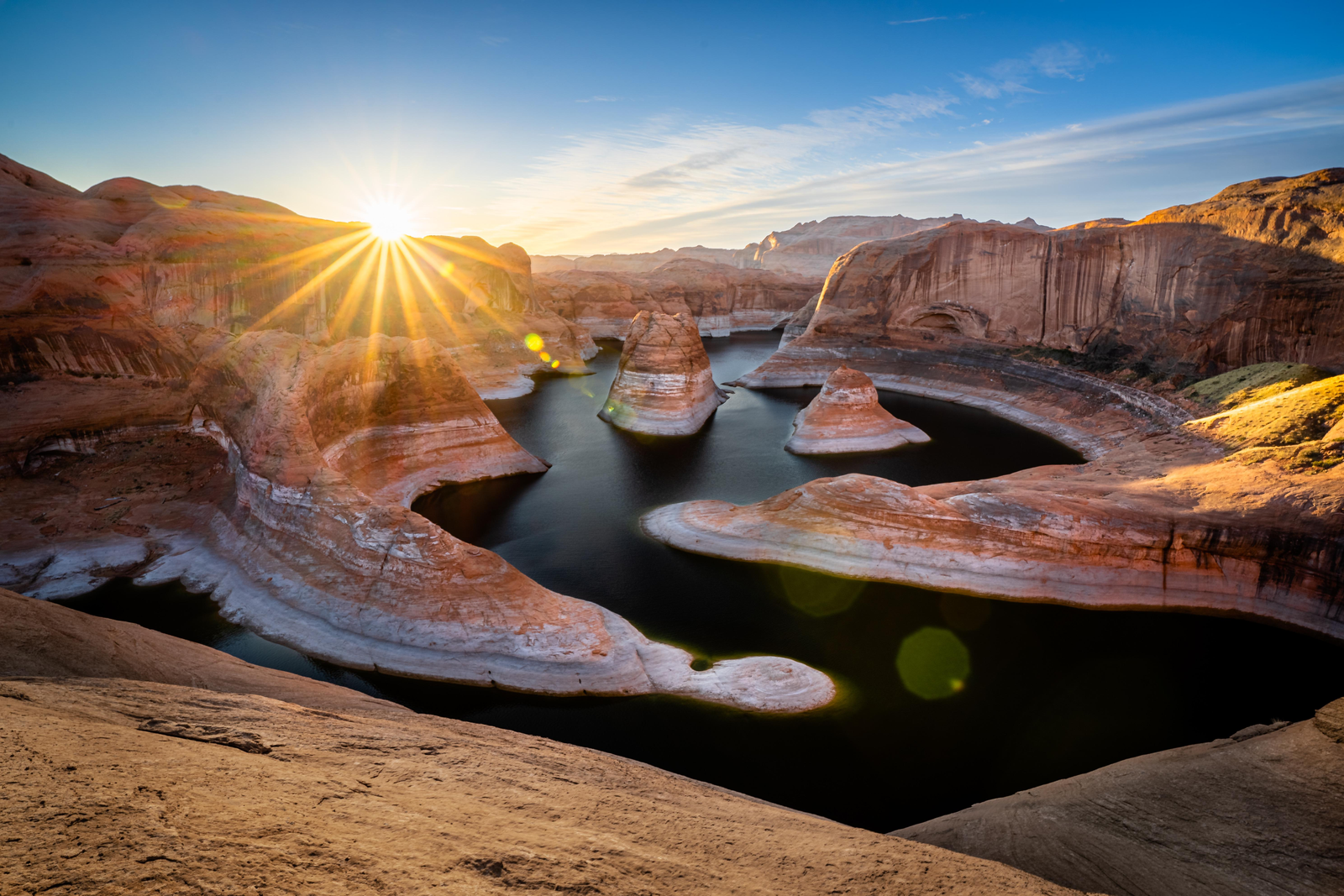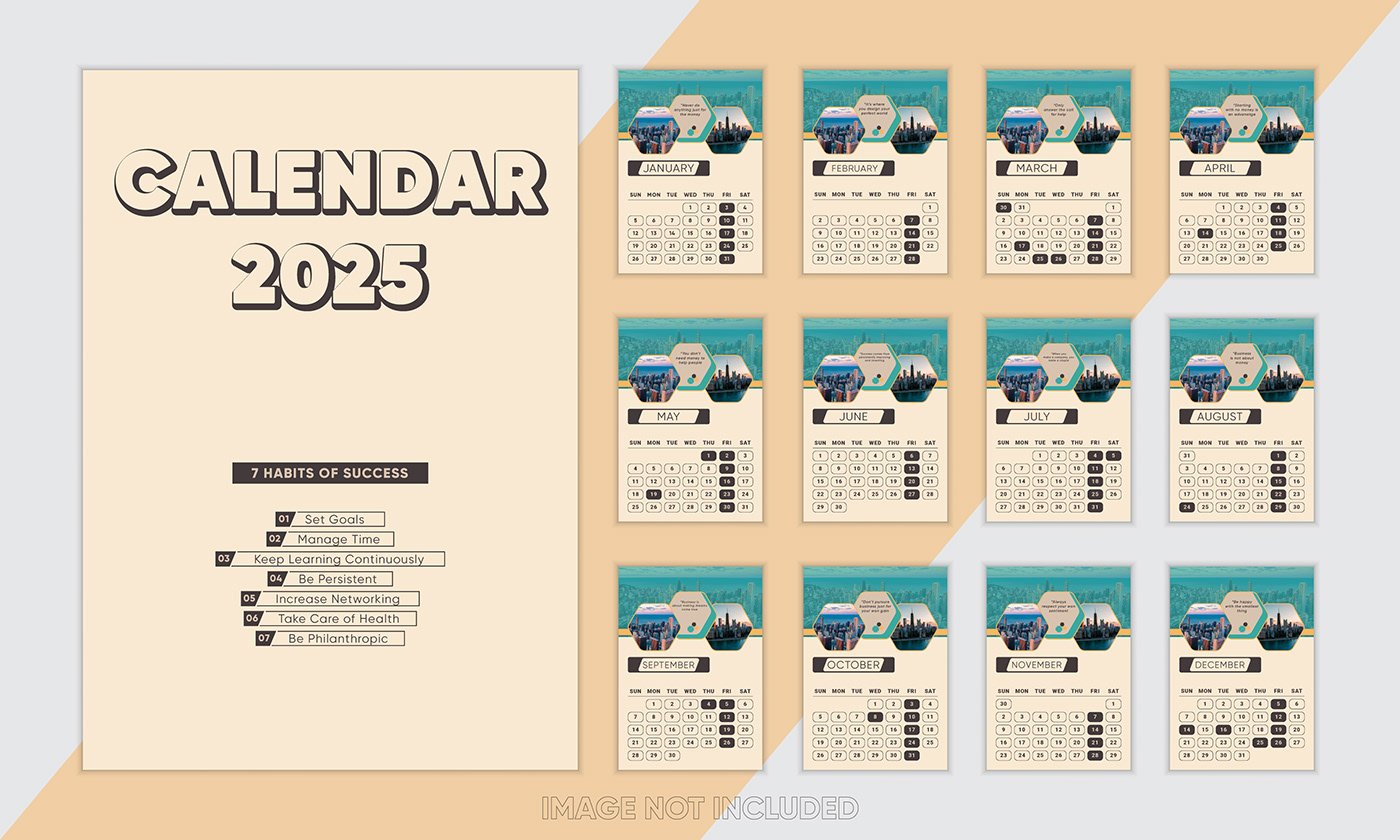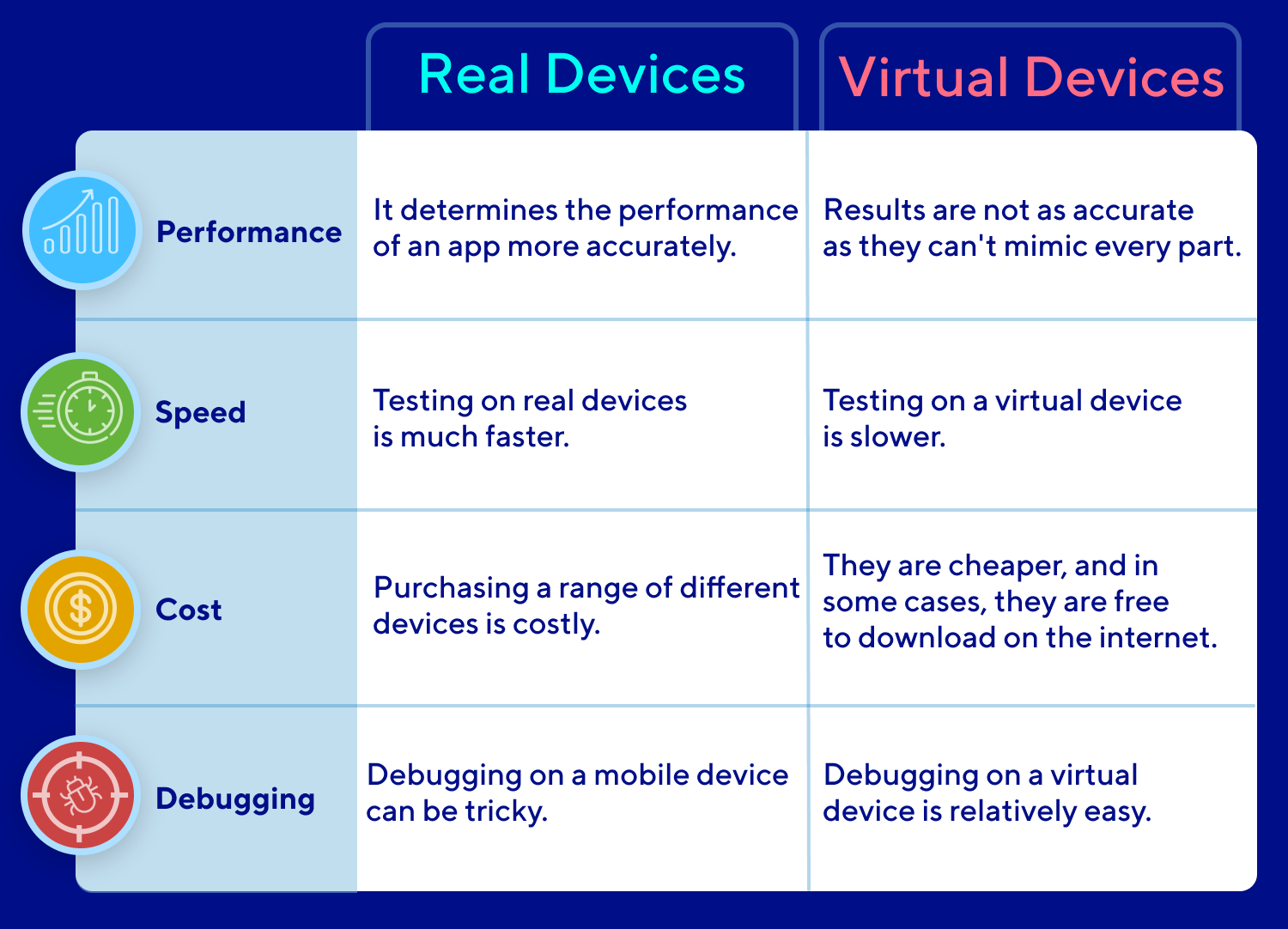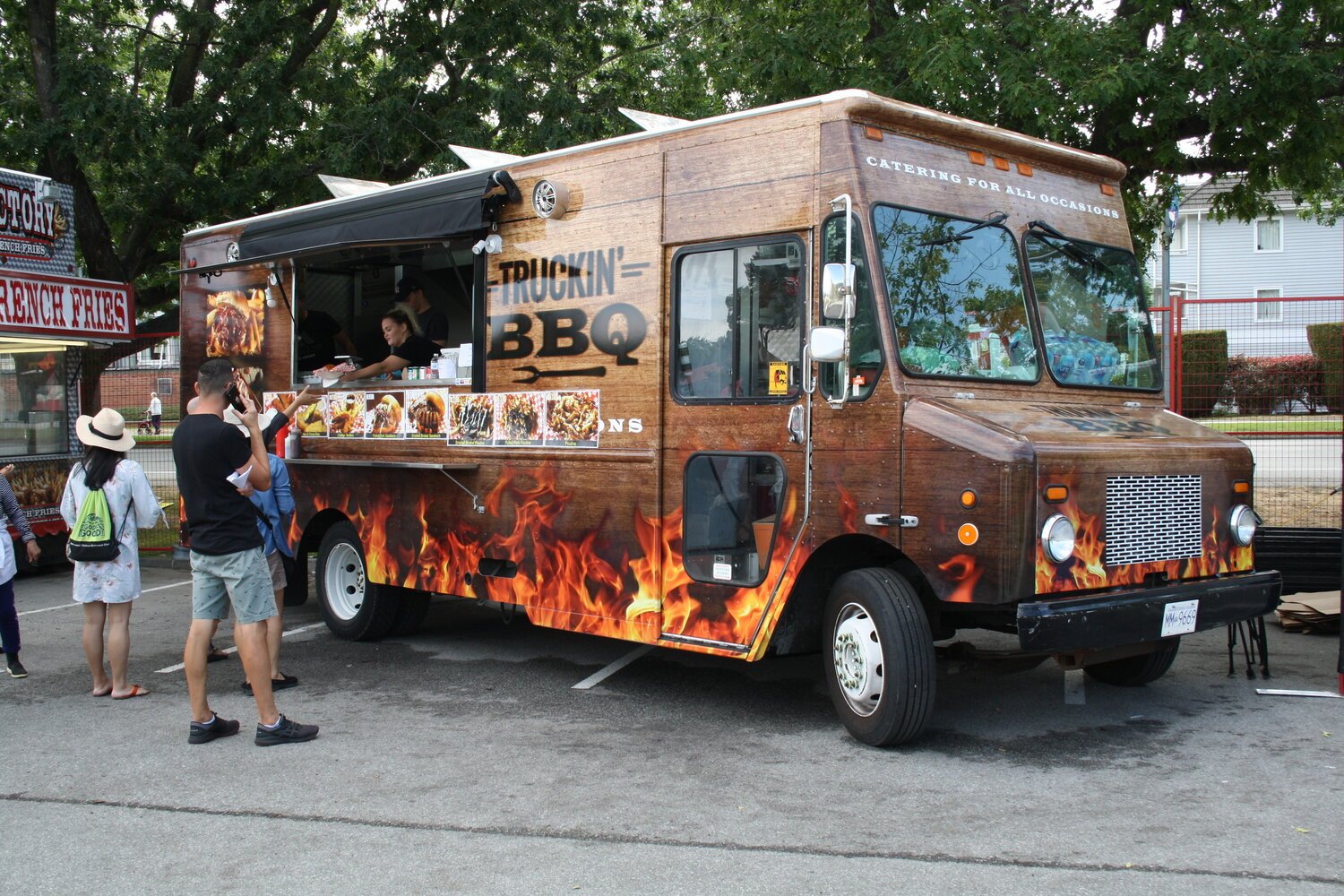Reflection Canyon, a hidden natural wonder tucked away in the rugged landscape of Southern Utah, is a stunning slot canyon along Lake Powell’s shoreline. Known for its otherworldly rock formations, vibrant hues, and serene waters, Reflection Canyon has become a destination for photographers, hikers, and adventurers who seek off-the-beaten-path experiences. Despite its beauty, it remains relatively remote and requires effort to reach, making it a unique and rewarding journey. In this guide, we’ll explore everything you need to know about Reflection Canyon, from how to get there and what to bring to tips on making the most of your visit.
The Story Behind Reflection Canyon
A Natural Wonder Formed by Time and Water
Reflection Canyon, like much of the landscape surrounding Lake Powell, was formed by the erosive forces of water and wind over millions of years. The Colorado River played a major role in sculpting the area, carving deep into the Navajo Sandstone to create narrow canyons and unique rock formations. The canyon’s distinct, wave-like curves and vibrant red, orange, and pink rock colors make it a breathtaking sight, especially when mirrored in the calm waters of Lake Powell.
How Reflection Canyon Gained Popularity
Though it remained largely unknown for decades, Reflection Canyon gained international attention when National Geographic photographer Michael Melford captured its surreal beauty in 2006. His photos quickly circulated among outdoor enthusiasts and photographers, who were captivated by the canyon’s tranquil waters and intricate formations. Social media further popularized Reflection Canyon, making it a sought-after destination for those in search of Utah’s hidden gems.
Getting to Reflection Canyon
Location and Accessibility
Reflection Canyon is located within the Glen Canyon National Recreation Area in southern Utah, near Lake Powell and the town of Page, Arizona. The canyon itself is remote, requiring either a long, strenuous hike or a boat ride, followed by additional hiking to reach it. Due to its challenging location, Reflection Canyon is best suited for experienced hikers and adventurers who are well-prepared for the journey.
Directions to the Trailhead
To access the Reflection Canyon trailhead, you’ll need a high-clearance vehicle capable of handling rugged, unpaved roads. From Escalante, Utah, head south on Hole-in-the-Rock Road, a 56-mile gravel road known for its rough conditions. The road can be challenging to navigate, especially after rain, which can cause muddy sections and deep ruts. After 50 miles, you’ll reach the unofficial trailhead to Reflection Canyon. Be aware that there are no signs marking the trailhead, so GPS coordinates or a reliable map are essential.
The Reflection Canyon Hike
Difficulty and Length
The hike to Reflection Canyon is considered strenuous, covering approximately 18-20 miles round-trip. This long-distance trek across the arid desert landscape can take anywhere from 8 to 12 hours, depending on hiking speed, rest breaks, and weather conditions. Since there’s no official trail, hikers must rely on landmarks, GPS, and waypoints to navigate.
What to Expect on the Trail
The hike is primarily through rugged desert terrain, with sand, slickrock, and minimal shade. The elevation gain is modest, but the challenging conditions stem from the lack of established trails, unpredictable weather, and the need to carry enough supplies for the day. Reflection Canyon’s remote location means you’re unlikely to encounter other hikers, so prepare for solitude and self-reliance.
What to Bring to Reflection Canyon
Essential Gear and Supplies
Reflection Canyon is a remote and isolated location with no amenities, so it’s important to come fully prepared. Here’s a list of essentials to bring:
- Water: At least 3-4 liters per person, as there are no reliable water sources along the way.
- Food: High-energy snacks, such as protein bars, nuts, and dried fruit, as well as a packed meal for a full day on the trail.
- GPS and Maps: With no official trail, navigation tools like a GPS device, compass, and topographic maps are critical.
- Sun Protection: Bring sunscreen, a wide-brimmed hat, and sunglasses to protect yourself from the intense desert sun.
- First Aid Kit: Carry a basic first aid kit with bandages, antiseptics, and any necessary personal medications.
- Sturdy Footwear: Hiking boots or trail shoes with good traction will help you navigate the sandy and rocky terrain.
- Extra Layers: Even in warm months, temperatures can drop quickly in the desert, especially after sunset, so bring a jacket or extra layers.
- Headlamp or Flashlight: In case you finish your hike later than expected, a light source is essential.
Optional Gear
- Camera: Reflection Canyon’s scenic beauty makes it a photographer’s dream, so bring a camera or smartphone to capture the views.
- Trekking Poles: These can be useful for navigating rocky sections and reducing strain on the legs during the long hike.
- Emergency Shelter: For added safety, consider bringing a lightweight emergency blanket or bivy sack, especially if you’re planning to camp nearby.
Best Times to Visit Reflection Canyon
Seasonal Considerations
The best time to visit Reflection Canyon is in the spring (March to May) and fall (September to November) when temperatures are mild. Summers can be extremely hot, with temperatures often exceeding 100°F, making the hike more challenging and potentially dangerous. Winter can bring cold weather and shorter days, increasing the difficulty of the trek.
Time of Day
Starting the hike early in the morning is recommended to avoid the midday heat and give yourself plenty of daylight. The lighting at sunrise and sunset enhances the canyon’s vibrant colors, providing the best opportunities for photography. If you’re planning to camp, staying overnight will allow you to witness both sunrise and sunset over the canyon, adding to the experience.
Tips for a Successful Visit to Reflection Canyon
Navigation and Safety Tips
- Navigation: The route to Reflection Canyon has no established trail, and many areas look similar, which can make navigation tricky. Make sure you’re comfortable with using a GPS or compass and plan your route in advance.
- Pace Yourself: The long distance and harsh conditions mean it’s important to pace yourself and take breaks as needed. Staying hydrated and fueled is key to a successful journey.
- Weather Awareness: Utah’s desert weather can be unpredictable. Check the forecast before heading out and be prepared for sudden changes, especially in the spring and fall.
- Leave No Trace: Reflection Canyon is a pristine natural site, so follow Leave No Trace principles. Pack out all trash, avoid disturbing natural features, and respect the environment to preserve it for future visitors.
Alternative Options for Visiting
If the challenging hike doesn’t appeal to you, consider visiting Reflection Canyon by boat. Many Lake Powell tour companies offer boat rentals or guided tours that take visitors near the canyon, though reaching it requires a short hike from the water. This option is less physically demanding but offers a different perspective on the canyon and lake.
Capturing the Beauty of Reflection Canyon
Photography Tips
Reflection Canyon is a paradise for photographers, but capturing its beauty requires some planning:
- Golden Hour: The soft light at sunrise and sunset highlights the canyon’s contours and colors, creating dramatic, reflective images.
- Wide-Angle Lens: To capture the canyon’s sweeping views and curves, use a wide-angle lens to frame the scene.
- Reflections: When the water level is just right, the canyon’s shapes reflect perfectly in the water. This creates an almost surreal look, so take advantage of these conditions if they’re present.
Drone Photography
Drone photography is popular in Reflection Canyon, as it allows photographers to capture the area’s full scale and intricate shapes. However, check with local regulations before flying a drone, as there may be restrictions within the Glen Canyon National Recreation Area.
Exploring Nearby Attractions
Rainbow Bridge National Monument
If you’re looking to explore more of Utah’s natural wonders, the Rainbow Bridge National Monument, one of the world’s largest natural bridges, is relatively close by. It’s accessible by boat from Lake Powell or through a challenging hike.
Antelope Canyon
Located near Page, Arizona, Antelope Canyon is one of the most famous slot canyons in the Southwest. Known for its narrow, twisting walls and vibrant colors, it’s a must-visit for photographers and outdoor lovers.
Conclusion
Reflection Canyon offers a truly unforgettable experience for those willing to make the trek. Its remote beauty, vibrant colors, and peaceful isolation make it one of Utah’s most remarkable destinations. With the right preparation, you can witness one of nature’s masterpieces and enjoy a connection to the rugged, untamed landscape of the American Southwest. Whether you’re an avid hiker, a nature photographer, or simply a lover of the great outdoors, Reflection Canyon will leave an indelible mark on your soul.














Leave a Reply